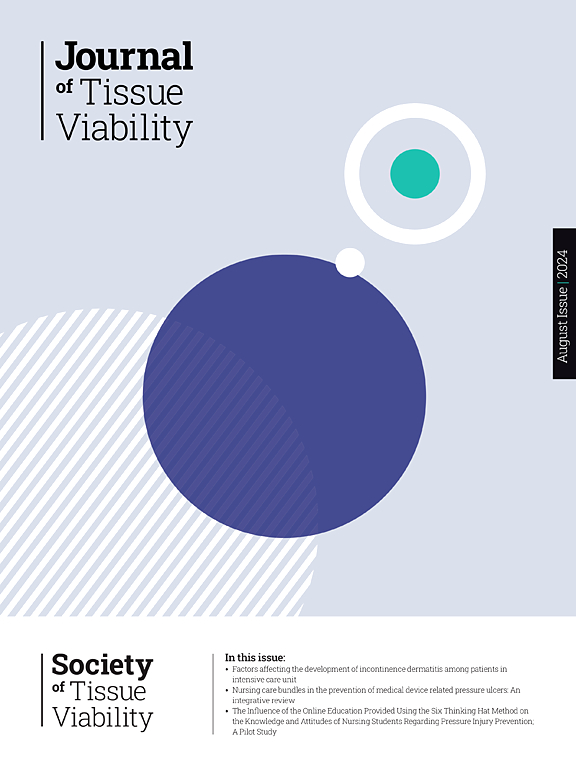The effect of core exercises on shoulder rotator strength, core endurance and suprasipinatus structure in tennis players with rotator cuff injuries
IF 2.4
3区 医学
Q2 DERMATOLOGY
引用次数: 0
Abstract
Objective
— Tennis is a demanding sport that requires proper physical conditioning to prevent injuries in players with rotator cuff issues. This study aims to evaluate the effects of an eight-week core exercise training program on pain, core endurance, rotator strength, and muscle architecture in rotator cuff tennis players.
Materials and methods
— The study group consisted of 41 subjects (22 women, 19 men) with a mean age of 42.06 ± 8.17. The core exercise group trained with core exercises in addition to routine training 3 times a week for 8 weeks; The control group only performed routine training 3 times a week for the same duration. Assessments of pain, muscle endurance, strength, and architecture were conducted before and after the 8-week intervention.
Results
— Data analysis revealed a significant improvement in the experimental group compared to the control group. This indicates a large effect size (p < 0.05) in pain, muscle strength, endurance, and muscle architecture length (excluding pennation angle).
Conclusions
—The results of this study demonstrate that core exercise training is an effective method for reducing pain and improving functional outcomes in tennis players with rotator cuff lesions. Furthermore, the findings highlight the importance of targeted and comprehensive core stability training in minimizing the risk of re-injury.
核心训练对肩袖损伤的网球运动员肩旋转肌力量、核心耐力和斜上肌结构的影响
目的:网球是一项要求很高的运动,需要适当的身体调节,以防止运动员因肩袖问题受伤。本研究旨在评估为期八周的核心运动训练计划对网球运动员的疼痛、核心耐力、旋转体力量和肌肉结构的影响。材料与方法:研究组共41例,其中女性22例,男性19例,平均年龄42.06±8.17岁。核心训练组在常规训练的基础上进行核心训练,每周3次,持续8周;对照组每周只进行3次常规训练,持续时间相同。在8周干预前后对疼痛、肌肉耐力、力量和结构进行评估。结果-数据分析显示实验组与对照组相比有显著改善。这表明效应量很大(p <;0.05)疼痛,肌肉力量,耐力和肌肉结构长度(不包括笔角)。结论:本研究的结果表明,核心运动训练是减轻肩袖损伤网球运动员疼痛和改善功能结果的有效方法。此外,研究结果强调了有针对性和全面的核心稳定性训练在减少再损伤风险方面的重要性。
本文章由计算机程序翻译,如有差异,请以英文原文为准。
求助全文
约1分钟内获得全文
求助全文
来源期刊

Journal of tissue viability
DERMATOLOGY-NURSING
CiteScore
3.80
自引率
16.00%
发文量
110
审稿时长
>12 weeks
期刊介绍:
The Journal of Tissue Viability is the official publication of the Tissue Viability Society and is a quarterly journal concerned with all aspects of the occurrence and treatment of wounds, ulcers and pressure sores including patient care, pain, nutrition, wound healing, research, prevention, mobility, social problems and management.
The Journal particularly encourages papers covering skin and skin wounds but will consider articles that discuss injury in any tissue. Articles that stress the multi-professional nature of tissue viability are especially welcome. We seek to encourage new authors as well as well-established contributors to the field - one aim of the journal is to enable all participants in tissue viability to share information with colleagues.
 求助内容:
求助内容: 应助结果提醒方式:
应助结果提醒方式:


